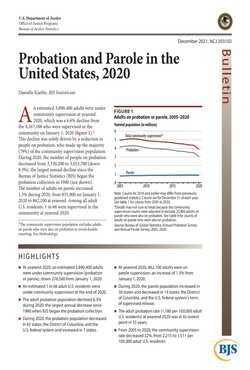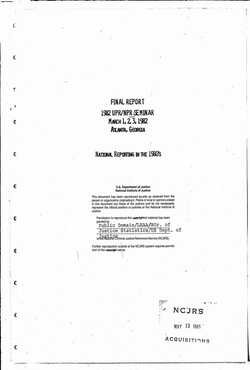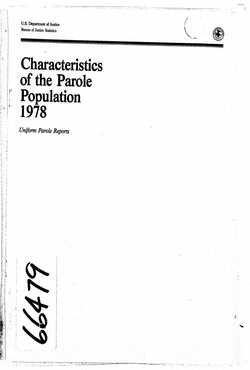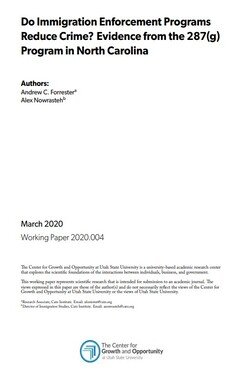By Steve Yeong and Elizabeth Moore
A new study by the NSW Bureau of Crime Statistics and Research (BOCSAR) has found that Aboriginal people who participate in Circle Sentencing have lower rates of imprisonment and recidivism than Aboriginal people who are sentenced in the traditional way.
Circle Sentencing is an alternative sentencing method for Aboriginal offenders, which is available in 12 NSW Local Courts. Under Circle Sentencing, the magistrate works with Aboriginal elders, victims and the offender’s family to determine an appropriate sentence.
The BOCSAR study examined three issues:
The probability of imprisonment.
The probability of at least one reoffence within 12 months.
The number of days between sentencing and the offender’s first reoffence.
After controlling for a variety of defendant-case characteristics (e.g., prior offending, offence severity, age, gender and socioeconomic status), the study found that, when compared to Aboriginal offenders sentenced in the traditional way, offenders participating in Circle Sentencing:
Are 9.3 percentage points less likely to receive a prison sentence.
Are 3.9 percentage points less likely to reoffend within 12 months.
Take 55 days longer to reoffend if and when they do.
Sydney, AUS: NSW Bureau Bureau of Crime Statistics and Research, 2020. 22p.





















